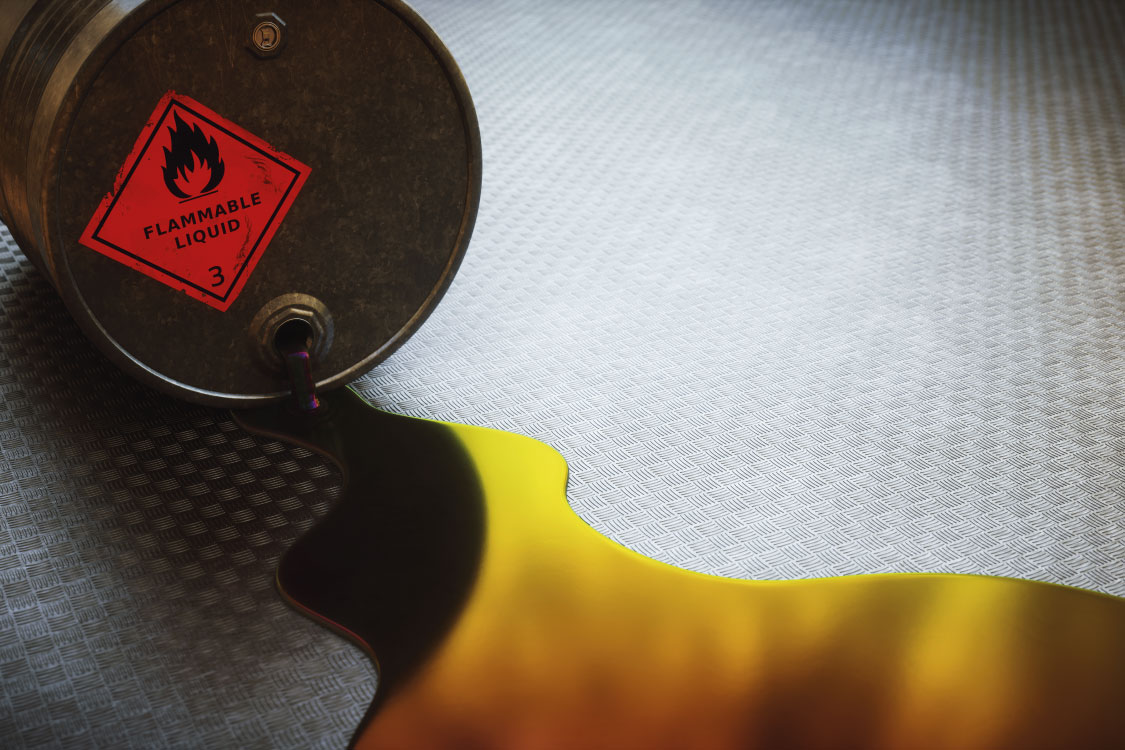
Common Liquid Waste Disposal Methods
Liquid Waste Management , Liquid Waste ManagementProper disposal of liquid waste is an essential part of modern waste management, and serious penalties await those who bypass correct procedures. That’s because if disposed of carelessly or thoughtlessly, liquid waste can easily find its way into vital watercourses, causing untold damage to the environment, wildlife and even potentially human health. It’s not something to be treated lightly.
But given all that, what is the best way of getting rid of it? Here are five common liquid waste disposal methods:

Composting
A lot of non-hazardous waste can easily be turned into compost – all you need to do is remove the water to leave organic material. That can then be turned into fertilizer. If the waste is suitable for such treatment, this has to be the ideal solution – it’s cheap, relatively easy and has numerous environmental benefits. Not only is it a clean method of disposal, but you’re also putting something back in the form of the fertilizer.
Dewatering
Again only suitable for non-hazardous liquid waste, dewatering is a fairly self-descriptive term, as what you are doing is removing the water to leave solid wastes. This can be done in a number of ways, including using a centrifuge and different kinds of filtering. In both cases, once the dewatering has been completed, the water can be disposed of in the standard wastewater systems, while the remaining sludge can also be disposed of safely.
Sedimentation
Sedimentation is essentially the same process that goes on in a cesspit or septic tank, in that the liquid waste passes through separate tanks where gravity causes the solid waste to fall to the bottom, while any oil in the waste separates out to float on the water. The water can then safely pass on to further tanks where the same process occurs until the water is pure enough to be disposed of into the environment or the wastewater sewers. The solids and oils are removed and disposed of separately. This is a more straightforward method than dewatering, but won’t be suitable for all liquid wastes.
Incineration
This is one of the better ways of disposing of hazardous liquid waste, particularly acids and chemicals. The waste is subjected to temperatures up to about 1150°C, which converts it into ash and gases. The ash can be safely disposed of into landfill, while after further treatment, the gases can be released into the atmosphere.
Some incinerators can be used to generate electricity for the local grid, potentially making this a much greener option than you might initially think.
Solidification
Some hazardous liquid waste unsuitable for any of the above methods can be solidified by adding sawdust (or other materials) to make it safe for disposal. One good example of this is paint. Solidifying the waste makes it far safer to dispose of, but there’s no escaping the fact that the resulting solid waste will need to be taken to landfill, so this should really be an option of relatively last resort.
Here at AA Turner Tanker, we’re experienced at and licensed for the disposal of all kinds of waste, including both hazardous and non-hazardous liquid waste. All the liquid waste disposal methods we use are guaranteed to be carried out responsibly and with 100% consideration for the safety of the environment.
To find out more about liquid waste management from AA Turner Tanker, contact our experienced team



